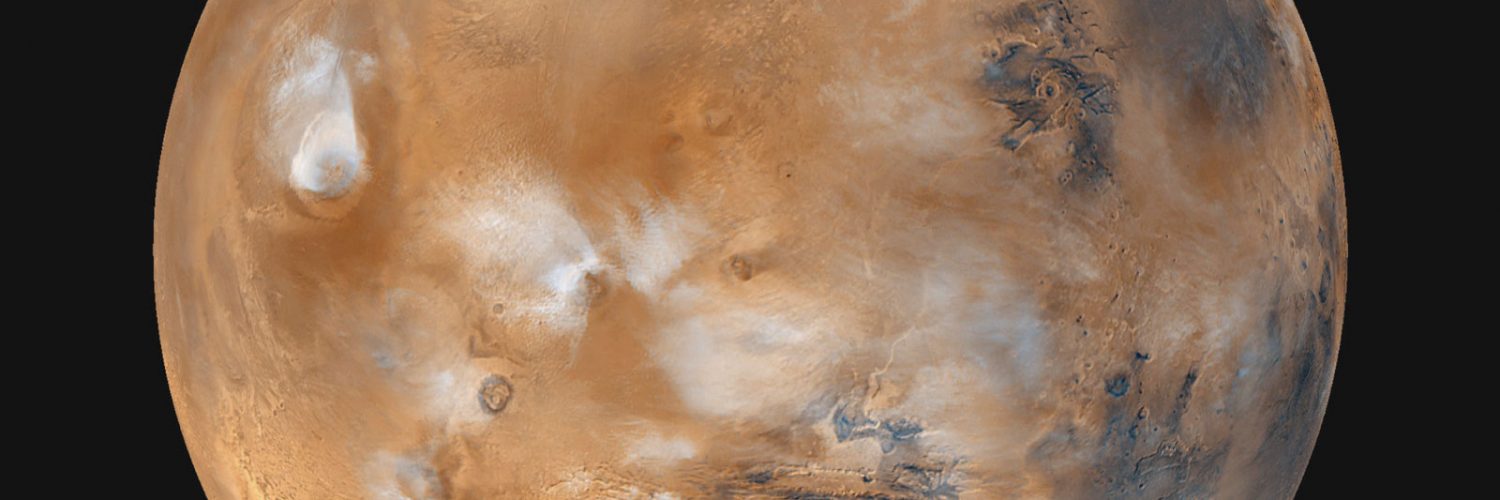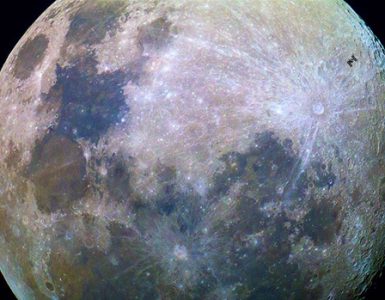by Rhodilee Jean Dolor
In 2085, Beyond Earth Consortium (BEC), an association of national governments and private companies that oversee the world’s space technologies and explorations, successfully sent the first batch of human explorers to Mars.
Astronauts and engineers trained for years to survive on alien terrains were sent to investigate the viability of mining deuterium amid Earth’s growing dependence on fusion power. The mission also involved sampling minerals with the potential to alleviate the shortage of resources needed for the development of faster and better electronic equipment on Earth.
17 years later, the 23rd manned mission to Mars is bringing a new set of space travelers to the Red Planet – human colonizers. Following the successful exploitation of resources during the 2085 Pioneer 1 Mission, the BEC set its eyes on a more ambitious project: Establishing a human settlement on Mars.
Building a new settlement there is no longer a dream. It is now a necessity amid worsening situation on Earth. The world’s population was on a stable trajectory in the early 21st century, but following the 2020 COVID-19 pandemic, a baby boom happened that snowballed into a congested world with a growing shortage of food and resources.
The exploding population is exacerbated by shrinking land area amid rising sea level caused by climate change, a cycle driven by increased emission of carbon as the growing number of people requires more fuel, electricity and other resources that release more of the planet-warming gas.
The situation translates into smaller agricultural areas for food production. What used to be vast areas for forests and wildlife were converted into highly-urbanized lands with dangerously high skyscrapers.
On February 15, 2102, the world’s leaders and thousands of well-wishers gathered in Cape Canaveral, Florida to send off 25 brave men and women to begin a new world on Mars.
Whether or not their mission to build a new colony becomes successful relies heavily on decades-old works on space exploration and survival.
Current State Of Space Technology
Meanwhile, in 2020, research projects are underway to prepare humanity’s conquest of the Red Planet. Current space technologies may still be in their developmental stages in terms of plans to send people to Mars, but these could pave way to more advanced tools and know-how that can make the idea of the Martian colony a reality in the future.
Transportation
NASA now spearheads efforts in developing journeys that will ferry humans to Mars. It is currently working on a new breed of heavy-launch rockets and spacecraft, including the Space Launch System (SLS).
SLS is envisioned to launch its passengers into cislunar space (around the Moon), which will bring the space travelers to the Deep Space Transport (DST) attached to the Lunar Orbital Platform-Gateway (LOP-G) orbiting station. The DST will then carry the astronauts to Mars in a month-long journey.
SpaceX is also working on Starship spacecraft and Super Heavy rocket that will enable the transportation of large quantities of cargo and passengers from Earth to the Martian surface. The system will also allow for direct missions to Mars.
According to SpaceX, Starship is a fully reusable transportation system that will carry people and cargo to Earth’s orbit, the Moon, and planet Mars. It is designed with the capacity to carry payload in excess of 100 metric tonnes to Earth’s orbit.
Sustainable Living
A Mars colony requires innovations that will make long-term survival on the planet possible. One of the technologies that researchers are currently working on is how to enable humans to breathe oxygen on Mars.
Earth’s atmosphere is composed of 21% oxygen, while Mars’ atmosphere contains 96% carbon dioxide and less than 0.2% oxygen, meaning that humans on Mars will suffocate if they directly breathe the air on the planet.
Shipping tanks of oxygen from Earth will be costly and inefficient, so this is where the Mars Oxygen ISRU Experiment (MOXIE) comes in.
MOXIE will convert the abundant carbon dioxide in the Martian atmosphere into oxygen by pumping the gas through an electrolysis system that breaks up the molecules into breathable air. MOXIE is one of the payloads included in the Mars 2020 mission, scheduled to land in February 2021, that will test the technology in real setting.
According to NASA, the mission will test the viability of MOXIE’s specialized reverse fuel cell system for producing oxygen, which will serve as a crucial precursor to larger oxygen production plants on planet Mars.
Mars is notably a harsher environment to plants than Earth. For one, the planet lies further from the sun than Earth, so it receives less light, which plants like vegetables need for photosynthesis.
Researchers working for the Center for the Utilization of Biological Engineering in Space (CUBES) aim to make farming on Mars possible with just the planet’s carbon dioxide-rich air, regolith, sunlight, ice water, and human waste.
CUBES researchers are engineering crops that use a range of light to convert carbon dioxide and water into food. They are working on reducing the amount of water that crops need while increasing yields.
The researchers also want to address instances when inhabitants of the new colony get sick. CUBES’ Food and Pharmaceutical Synthesis Division is using the gene-editing tool CRISPR to produce lettuce that can serve as an antibiotic or a pain killer.
“The idea is to be able to produce food, pharmaceuticals, and light building materials using waste recycling and the resources that are already there,” said CUBES director Adam Arkin. “The [CUBES] system should be able to support nine astronauts for their food and pharmaceutical needs over nearly a year on-planet using nothing but sunlight and carbon dioxide.”
Besides the CUBES system, scientists also look into other ways to grow crops on Mars. The Prototype Lunar/Mars Greenhouse, for instance, uses hydroponic greenhouses and controlled environmental systems, similar to those onboard the International Space Station (ISS) to grow plants and crops. According to Kennedy Advanced Life Support Research lead scientist Ray Wheeler, who is working on the project, his team has already successfully used electric LED lighting to grow plants.
Researchers who experiment on Mars-equivalent soil have also successfully planted and harvested garden cress, arugula, tomato, radish, rye, quinoa chives, pea, and leek using regolith simulants developed by NASA.
Protection From Elements
Homes on planet Mars need to weather the harsh surface conditions and protect inhabitants from extreme cold, low pressure, and high radiation.
Scientists from the École Polytechnique Fédérale de Lausanne (EPFL) proposed building a giant igloo on the Martian surface as a long-term self-sustaining habitat on the alien world’s North Pole. The team designed the 41 feet-tall, 16 feet-wide dome to have a central living space and three capsules, which would serve as airlocks between the inside and out. The habitat would be built using polyethylene fiber and encased in a 10 feet-thick shell of ice that would protect the inhabitants against radiation and micrometeoroids. Since there is ice at the poles, those who set up their habitat here could produce water, nitrogen and oxygen, as well as use carbon dioxide in the air and soil to make bricks and glass.
Another Mars housing design was proposed by AI SpaceFactory. The New York-based firm’s Marsha habitat eventually took home the top prize in NASA’s 3D-Printed Habitat Challenge, a competition that aimed to build a habitat for deep space exploration. Marsha uses an innovation that will utilize materials found on the Martian surface.
“We were lauded for the automation of our print – completed with nearly no human assistance in 30 hours – as well as our innovative biopolymer basalt composite, a biodegradable and recyclable material derived from natural materials found on Mars,” AI SpaceFactory said in a statement.
“After withstanding NASA’s pressure, smoke, and impact testing, this material was found to be stronger and more durable than its concrete competitors.”
Making Real The Dream Of An Earth Colony On Mars
The space technologies needed to make this possible may still be in their infancy today, but they may pave the way to scaled-up and more sophisticated systems that can lead to humans living and building their homes elsewhere in the Solar System.
The possibility that the future generation will have the option to reside on the fourth planet may seem to be far out this time, but we can draw inspiration from the aeronautics industry:
The Wright brothers first flew their aircraft in 1903, but in just over a decade, the airplane evolved into a more sophisticated machine capable of being maneuvered and even used during World War I.
By 1969, mankind managed to land humans on the moon, a giant leap from the humble beginnings of air-powered flight at the beginning of the century.
By 2085 and even earlier, Mars may no longer be our neighbor planet. As mankind continues to advance its space technologies, the Red Planet could be our new world, humanity’s new colony beyond Earth.





